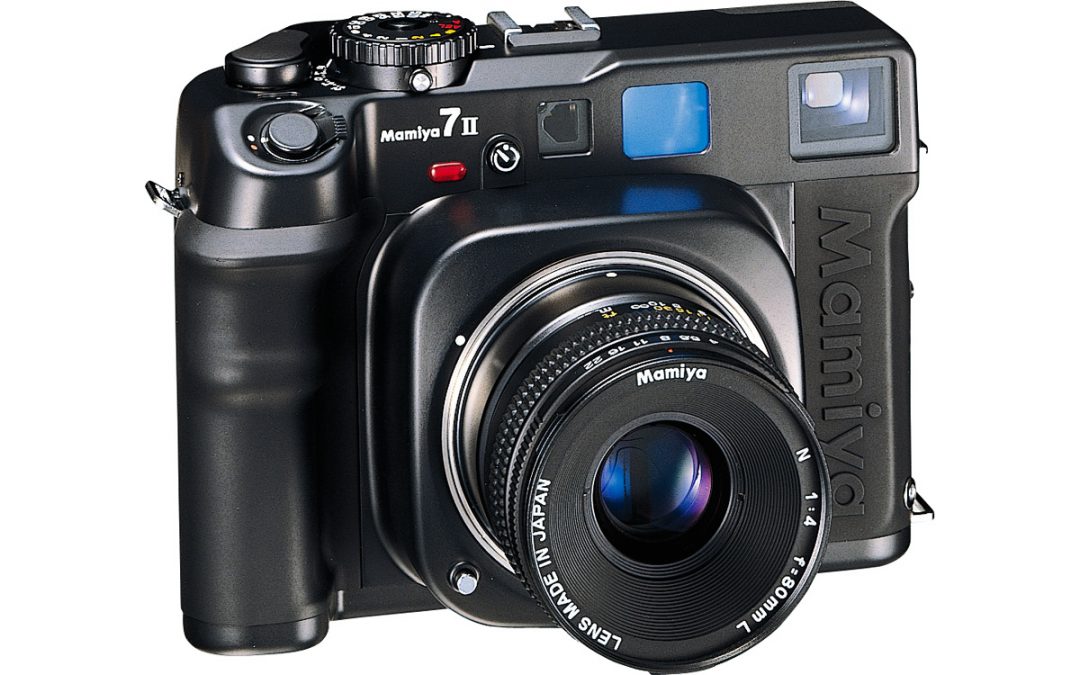

Mamiya also claims a "one-touch" exposure compensation adjustment I suspect they removed the safety catch. Lens-changing curtain control on the original Mamiya 7 with a more complexįold-out lever. II version adds multiple exposure capability and replaces the simple "improvements" in the rangefinder in the II version are aĬhange in color, not reliability, stability or accuracy. The differences are what color the plastic bodies are painted. Just look at the film you get back and you'llĪll the versions are the same camera. I love it, but don't be disappointed when things start falling Mamiya 7 is an expensive camera with fantastic optics, but it's built with only second-rate mechanical quality. The widest lens for the Mamiya 6 is a 50mm. Prefer the Mamiya 6 as a camera, but I prefer the Mamiya 7 system because I use the ultra-wide 43mm lens and love the larger 6x7cm format. The Mamiya 6, the Mamiya 7 cannot collapse the lenses into the camera Is a newer and less expensive to manufacture version of the Mamiya 6 (6圆cm) from Vibration than the primitive cloth focal plane shutters of the smaller Leaf shutters that are quieter, more accurate and freer from sharpness-robbing The Mamiya 7 is a 6x7cm medium-format rangefinder camera system with interchangeable lenses It's a complete class above Leicas, and DSLRs like the Nikon D3X, Canon 1Ds Mk III and 5D Mark II. Since large-format cameras don't work well hand held, this crowns the Mamiya 7 as the world's highest technical quality hand-held camera, period. It's easy to shoot fast, too, and has lenses of optical quality far beyond any 35mm or zoom lens. Why? Because the Mamiya 7 offers technical image quality unmatched by anything, film or digital, this side of 4x5" film, and it's still small enough to carry around my neck all day long and shoot hand-held. If I only could have one camera for everything I do, it would be the Mamiya 7 and the 43mm, 80mm and 150mm lenses. I use Adorama, Amazon, eBay, Ritz, B&H, Calumet, J&R and ScanCafe. Likewise, DSLRs don't make exposures longer than 30 seconds unless I do gymnastics with external remote releases and noise reduction. Today if I really wanted a great-looking scan, I can send my film out to be drum-scanned to retain the shadow detail that's on the film, but hidden here because I only used a consumer scanner. No HDR, no long-exposure NR for this many-minute-long exposure required to get the sea of light along the bottom, no battery chargers, no oddball dedicated electronc cable releases and no BS: just plenty of time to think and shoot. My original scan is 150 MP and devoid of the artifacts in the file I share here, and includes even more image area that I cropped-off. This reduced-size version is only 10,000 x 8,000 pixels (80 megapixels) and greatly JPG compressed so you can see it over the internet. Here's a reduced-size version of the scan, from my cheap Minolta Multi-Pro scanner. ( 10,000 x 8,000 pixels, shot with Mamiya 43mm on Velvia.) It's the most portable, well thought-out and easiest-to-use camera, along with having the highest real-world resolution available in any hand-held camera, now for $1,400 off.

The Mamiya 7 has been the world's best camera since the 1990s.
/DSC_0014.jpg)
#Mamiya 7 ii free#
This free website's biggest source of support is when you use those and these links when you get anything, regardless of the country in which you live. It also comes used from these links to it at eBay. I'd get it at Adorama (complete with lens), or body only, at Amazon w/lens or body only, or B&H w/lens or body only. Mamiya 7 body (takes 120 or 220 film shown without lens). Meter Meter Tricks Filters Flash Panoramic & Multi-FormatĮxpense Construction Quality Recommendations Intro Versions Specifications Lenses Rangefinder Home Donate Search Gallery Reviews How-To Books Links Workshops About Contact


 0 kommentar(er)
0 kommentar(er)
